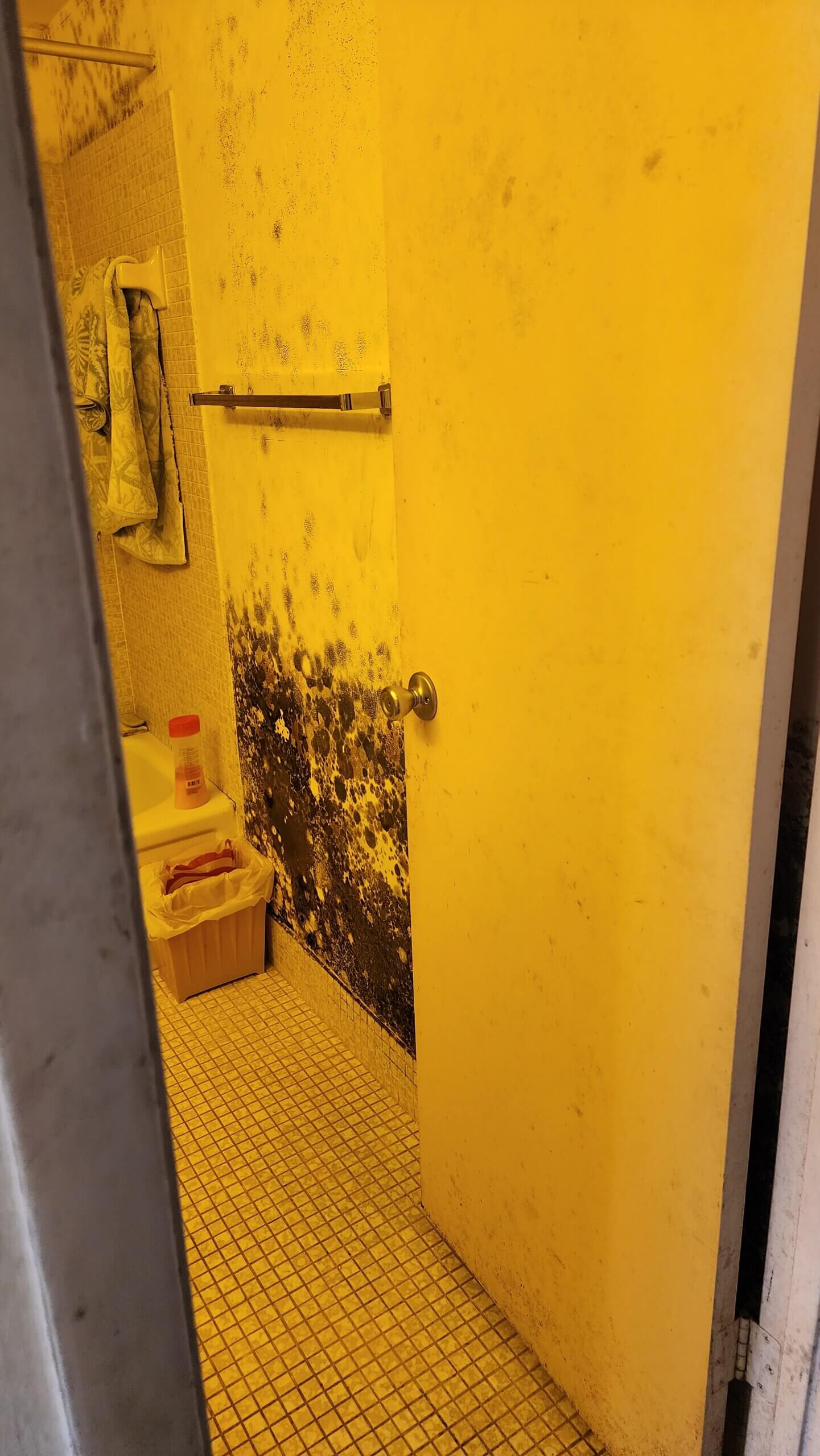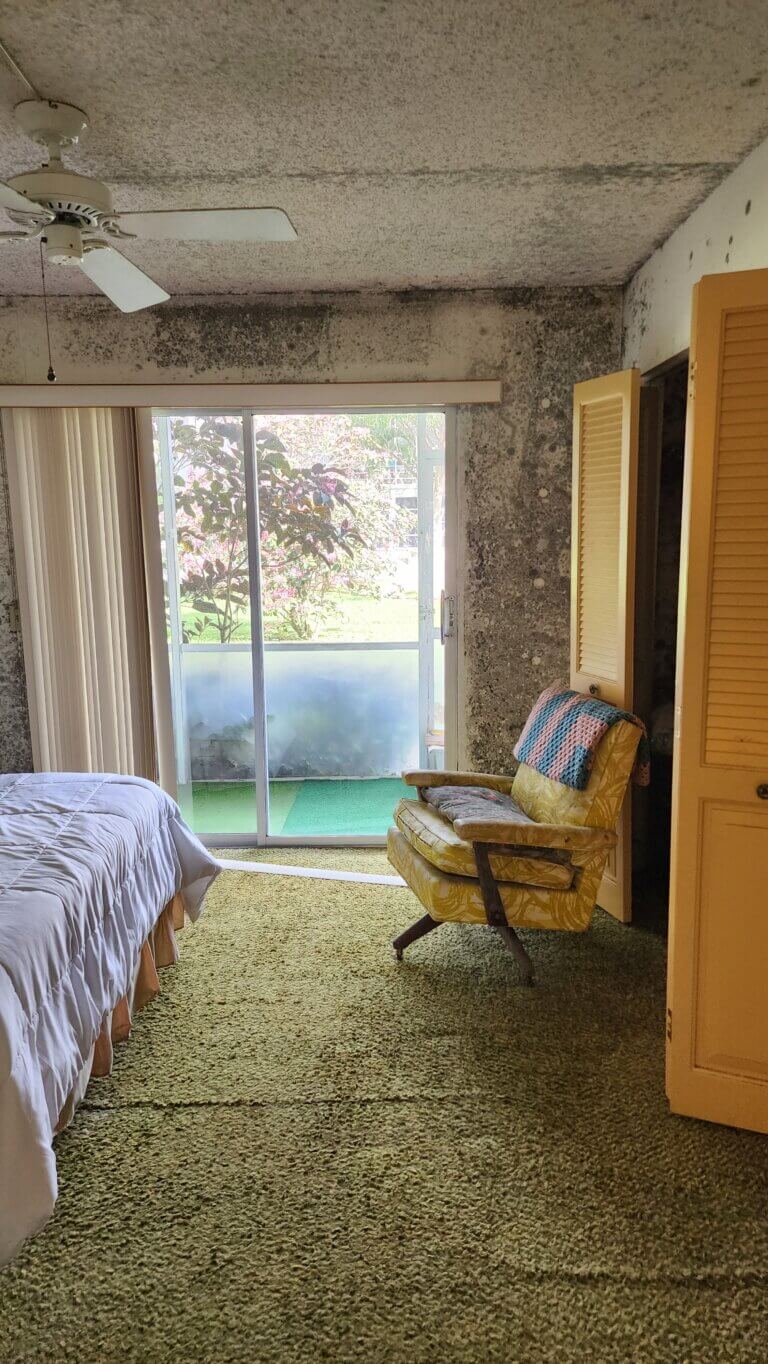
Recognizing the Symptoms: When Mold Makes You Sick
Introduction
Mold is an insidious problem that can invade your home, affecting not only the structural integrity of your living space but also your health. It thrives in damp, humid areas and can proliferate quickly if left untreated. The phrase "Recognizing the Symptoms: When Mold Makes You Sick" encapsulates the importance of being vigilant about mold exposure. Understanding how mold affects our bodies is crucial for maintaining a healthy living environment.
In this article, we will delve deep into the various aspects of mold exposure—from identifying symptoms to understanding why professional intervention is often necessary. By the end, you’ll know how to spot mold-related issues and find the right services for mold remediation and mold inspection.
What is Mold? A Brief Overview
Understanding Mold Types
Mold is a type of fungus that can be found both indoors and outdoors. There are thousands of species; however, some common types include:
- Aspergillus
- Penicillium
- Cladosporium
- Stachybotrys (Black Mold)
These molds thrive in moist environments and can produce allergens and toxins that might affect human health.
How Does Mold Grow?
Mold spores are everywhere in our environment, but they require specific conditions to grow:
By understanding these conditions, you can take proactive measures to prevent mold growth in your home.
Recognizing the Symptoms: When Mold Makes You Sick
Common Health Symptoms Associated with Mold Exposure
When it comes to health concerns linked to mold, symptoms can vary widely among individuals. Some common signs include:
- Sneezing
- Coughing
- Nasal congestion
- Skin rashes
- Eye irritation
People with pre-existing conditions such as asthma or allergies may experience more severe effects upon exposure.
Severe Reactions to Mold Exposure
In some cases, prolonged exposure can result in severe health issues like:
- Respiratory infections
- Chronic sinusitis
- Allergic fungal sinusitis
- Toxic mold syndrome (in rare cases)
If you notice these symptoms persisting even after cleaning or ventilating your home, it’s time to call for professional help with mold inspection and mold removal services.
Why Is It Important to Address Mold Quickly?
Health Risks of Delayed Action
Ignoring mold growth doesn’t just lead to structural damage—it poses significant health risks. Delaying remediation can exacerbate existing health problems or create new ones for vulnerable individuals like children or the elderly.
Financial Implications of Procrastination
Not addressing mold issues promptly can lead to expensive repairs down the line. Do you want to risk spending much more on water damage restoration? Investing early in mold remediation services saves you money in the long run.
Identifying Mold Growth in Your Home
Visual Signs of Mold Infestation
Look for discoloration on walls, ceilings, and floors:
If you notice these signs during a routine check-up at home, it's wise to consult a mold contractor near me for further evaluation.
Hidden Areas Where Mold Thrives
Mold often grows unnoticed behind walls or under flooring materials. Areas prone to moisture include:
- Basements
- Bathrooms
- Under sinks
Regular inspections are essential; consider hiring professional mold testing near me services if you're unsure about hidden infestations.
How Can I Test for Mold at Home?
DIY Methods for Initial Testing
While professional tests are recommended for accuracy, there are DIY methods you can use:
However, these methods aren't foolproof; consult professionals for comprehensive testing if you're concerned about potential mold issues.
Professional Testing Approaches
Professionals utilize advanced equipment such as moisture meters and air sampling devices during assessments. They also conduct visible inspections and air quality tests that provide accurate readings of indoor mold levels.
Mold Inspection Services: What To Expect?
The Process of Professional Inspections
When you contact a mold inspection near me, expect thorough evaluations involving:
Each step helps pinpoint not just visible infestations but also hidden problems requiring urgent attention.
Post-inspection Report Analysis
Once inspections are completed, you'll receive a detailed report outlining findings along with recommendations for next emergency plumber steps—crucial information when deciding whether further action is needed through mold remediation services.
Understanding Mold Remediation Processes
What Does Remediation Involve?
Mold remediation is more than just cleaning up visible spores; it involves multiple steps including:
This multi-faceted approach prevents further spread while ensuring all traces are eliminated effectively.
Choosing the Right Remediation Service Provider
Selecting a reliable mold restoration company requires careful consideration:


- Check qualifications and certifications.
- Read reviews from previous clients.
- Ensure they offer comprehensive assessment options before starting work.
Taking these steps ensures you're working with experienced professionals who prioritize safety and effectiveness during remediation efforts.
Black Mold: A Special Concern
Identifying Black Mold Infestations
Stachybotrys chartarum—or black mold—is particularly notorious due to its toxic properties. Signs include black spots on walls accompanied by severe musty odors—often leading homeowners into panic mode!
If black mold infestation is suspected within your property boundaries, it's crucial not only to clean small patches immediately but also seek expert guidance regarding black mold removal near me.
Health Risks Associated with Black Mold Exposure
Exposure symptoms range from mild allergic reactions like sneezing and coughing up through much more serious consequences such as neurological disorders when left unchecked over extended periods—underscoring why prompt action against it cannot be overstated!
Preventive Measures Against Future Infestations
Humidity Control Tips
Maintaining low humidity levels (below 50%) throughout your home isn’t just good practice; it’s essential! Here are some tips:
1) Use dehumidifiers where necessary.
2) Ensure proper ventilation within bathrooms/kitchens after showering/cooking activities.
3) Fix leaks promptly—don’t let water sit stagnant!
By taking proactive steps now rather than waiting until problems arise later will ultimately save both money & hassle down-the-line!
When To Seek Professional Help
Indicators It's Time For Expert Assistance
You may wonder when exactly should one reach out seeking assistance from certified professionals instead attempting DIY solutions? Here’s quick guideline:
1) Visible growth covers large areas (>10 square feet).
2) Persistent respiratory issues among occupants despite cleaning efforts taken thus far.
3) Strong musty odors indicating hidden sources present behind walls/floors/ceilings—even after thorough visible checks performed previously!
If any apply—it may be best time call up local contractors specializing specifically within field like “water & mold remediation near me” directly connect them arrangements needed moving forward!
Important Questions About Mold Explained
Here are six frequently asked questions regarding this topic along with their concise answers:
1) Can I remove mold myself?
While minor patches may seem manageable alone—but larger infestations usually require expertise due potential risks involved during process itself!
2) What does a typical inspection cost?

Costs vary significantly based location/type service chosen—but typically range anywhere between $200-$500 depending scope involved!
3) How long does remediation take generally?
Duration depends upon size extent damage—but most projects wrap up within few days once commenced!
4) Is insurance likely cover expenses incurred during treatment??
Coverage varies across policies/companies—but many do provide financial assistance towards mitigation efforts conducted properly!
5) Are there long-term effects following exposure??
Yes! Long-term exposures have been linked various ongoing respiratory issues—which makes immediate action vital!
6) What preventive measures works best against future occurrences??
Keeping humidity low via regular ventilation/dehumidification alongside prompt leak repairs generally mitigates risk factors associated growth effectively!
Conclusion
Understanding how to recognize symptoms related specifically when dealing with infestation risks tied directly back towards “Recognizing The Symptoms: When Mold Makes You Sick.” Knowledge empowers homeowners protect themselves loved ones alike from dangers lurking within unseen corners homes everywhere every day!
Taking preventative measures coupled timely interventions via trusted professionals ensures safe environment free accumulating threats posed fungi residing amongst everyday lives we lead today! So don’t hesitate—take charge proactively address any potential hazards lurking nearby—the sooner addressed—the better outcomes achieved overall!